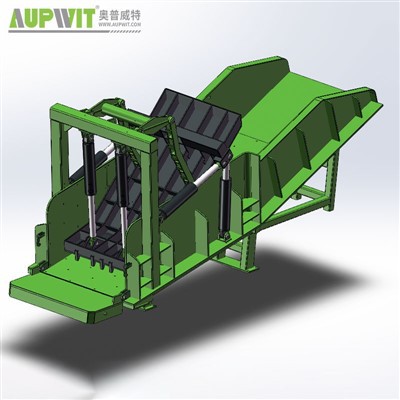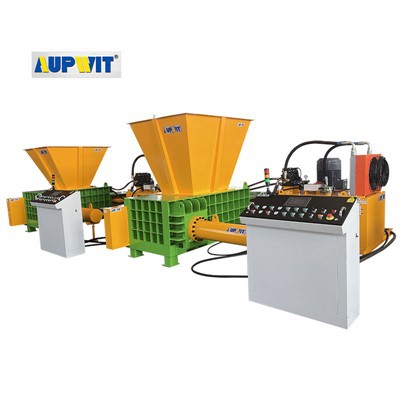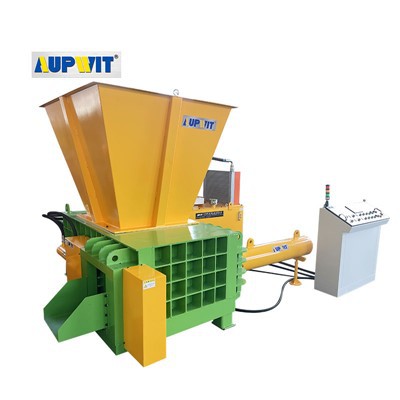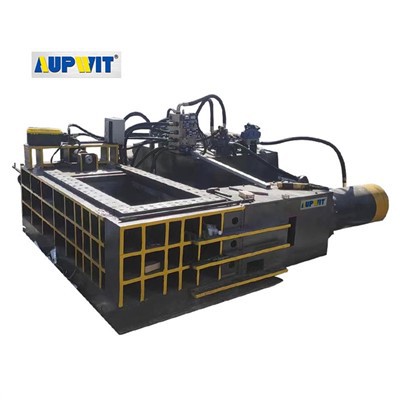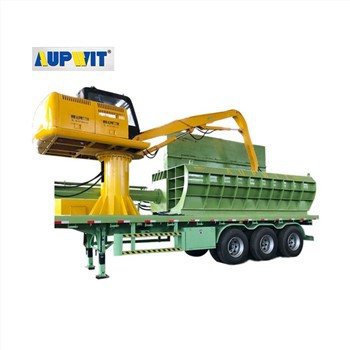Tire Baling Machine Jamming Guide
Understanding, preventing, and resolving material jamming issues in tire baling operations
1. Common Causes of Material Jamming
Car tires baling machines can be prone to material jamming under certain conditions, primarily due to improper operation or material handling. Irregularly shaped or overly large tires may get stuck when fed into the compression chamber. Mixing tires with other debris, such as metal parts or rocks, increases jamming risks as these foreign objects disrupt the smooth movement of materials. Inconsistent feeding—either too much material at once or uneven placement—can also cause blockages in the machine's pathways.
2. Vulnerable Machine Components for Jamming
Certain parts of the baling machine are more susceptible to jamming. The entry point of the compression chamber, where tires are initially fed, often experiences jams if materials are not aligned properly. The area around the compression plate or ram may trap tires if they fold or twist during compression. Additionally, the discharge area where finished bales exit can jam if the compressed material doesn't release smoothly, especially if binding materials are misaligned or broken during the process.
3. Preventive Measures to Reduce Jamming
Proper operation significantly reduces jamming risks. Ensuring tires are free of foreign debris before feeding minimizes obstructions. Maintaining consistent and controlled feeding—avoiding overloading the chamber—allows the machine to process materials evenly. Regular inspection of wear parts, such as guides or rollers, ensures they function smoothly, preventing tires from getting caught. Lubricating moving components as recommended keeps mechanical parts operating freely, reducing friction that can lead to jams.
Key Tip: Implement a pre-baling inspection routine to remove any foreign objects from tires before processing.
4. Handling and Mitigating Jamming Incidents
If jamming occurs, immediate action is needed to avoid damage. First, turn off the machine and disconnect power to ensure safety during inspection. Carefully remove any visible obstructions from the affected area, using appropriate tools to dislodge stuck materials without forcing components. After clearing the jam, check for damage to parts like belts or sensors that may have caused or resulted from the blockage. Testing the machine with a small batch of tires after clearing ensures normal functionality before resuming full operation. Regular maintenance and operator training further minimize future jamming issues.
Safety First: Always follow lockout-tagout procedures when clearing jams to prevent accidental machine activation.


